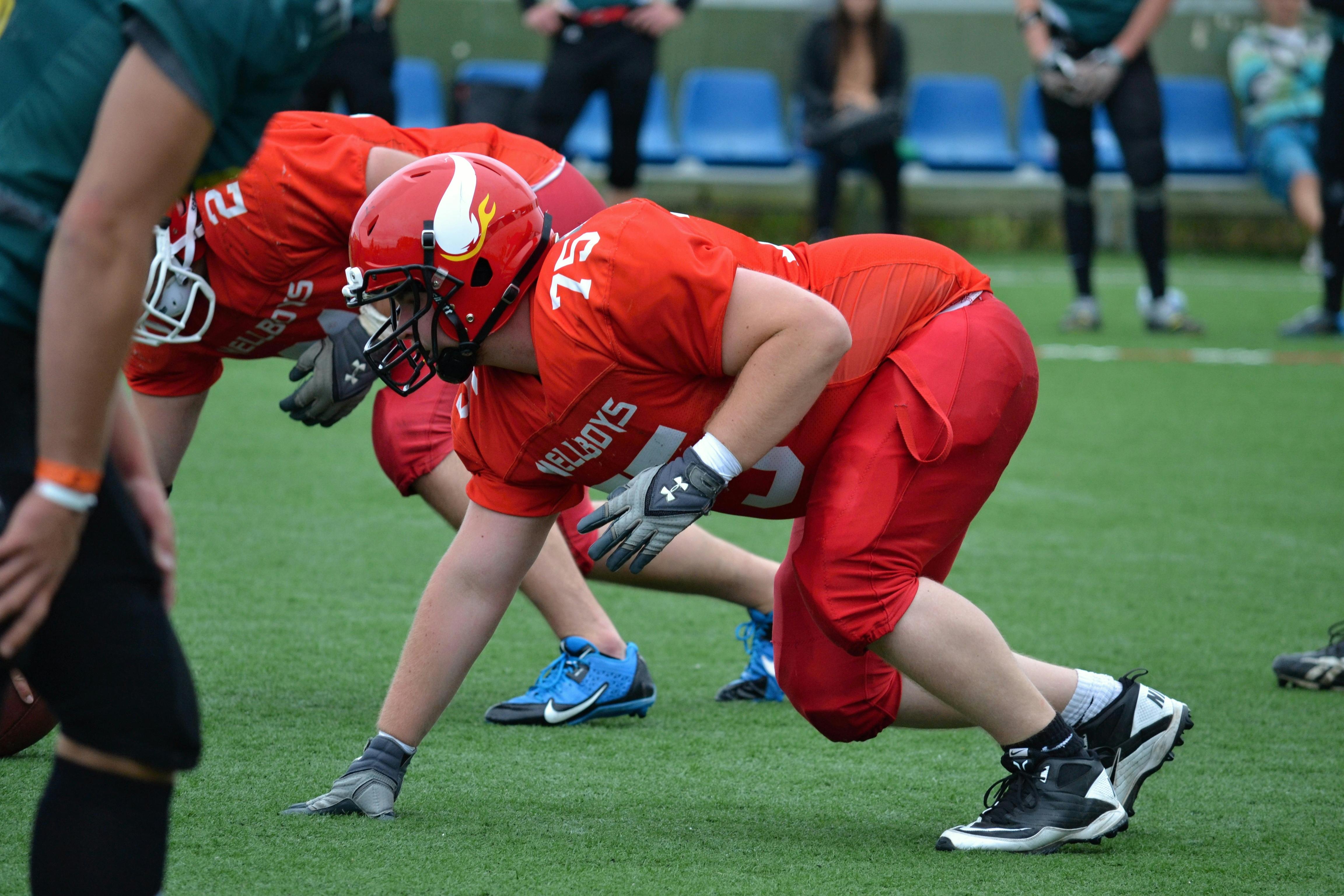One of the most popular and common domestic snakes of late is the Hog Island boa. It is found on the Hog Islands in Honduras. These snakes are hypomelanistic, meaning they have lower levels of melanin in their bodies and are less vividly colored than most other boas. Their tail color ranges from pink to orange and they have the ability to change color depending on the time of day. During the night, its color becomes lighter, while the head and neck become almost white. His body takes on a unique bluish tint.
The Hog Island boa is very common among reptile lovers and collectors, but wild populations have experienced a dramatic decline in recent years. Actually, Hog Island boas are reported to have not appeared on the island in the past two to three years, and are feared to be extinct, but fortunately they are easily bred in captivity. Although some of them may still be free in the wild, the importance of properly caring for domestic ones is significant. It is quite possible that the specimens kept by hobbyists are the only remaining Hog Island boas, and could eventually be reintroduced if captive breeding continues to be successful.
Experts also say that it is crucial for the survival of the species to maintain the purity of the snake’s blood. There are numerous reports that some owners tend to cross them with red-tailed boas to take advantage of the light tail color, ignoring the vital importance of keeping the snake as original and unique as it is.
Hog Island boa care is no different from other common boas (boa constrictor imperator). They are relatively easy to care for, if the particular needs of the species are known. They are small for boa constrictors, reaching 5-6 feet at the most, adding to their popularity as pets. They need temperatures around 75-90F and need to live in a relatively humid environment of around 50-60% relative humidity. They are easily maintained on a thawed rodent diet in captivity. As with all snakes, the size of the prey should not be larger than the circumference of its body.
Hog boas are quite docile and are often reluctant to bite. While babies tend to be a bit fussy, they calm down quickly with regular handling. If you take care of them properly, they grow up to be really reliable and docile snakes. Hog Island boas also undergo a slight color change as they mature. When they are babies, they are more greyish and take on their pinkish hues as they grow older.
They are an excellent snake and although they are not common, they are not usually too difficult to find in the pet trade. They are an excellent ‘first boa’ or snake for someone who is intimidated by the idea of owning a 10-12 foot snake, or anyone with limited space.
